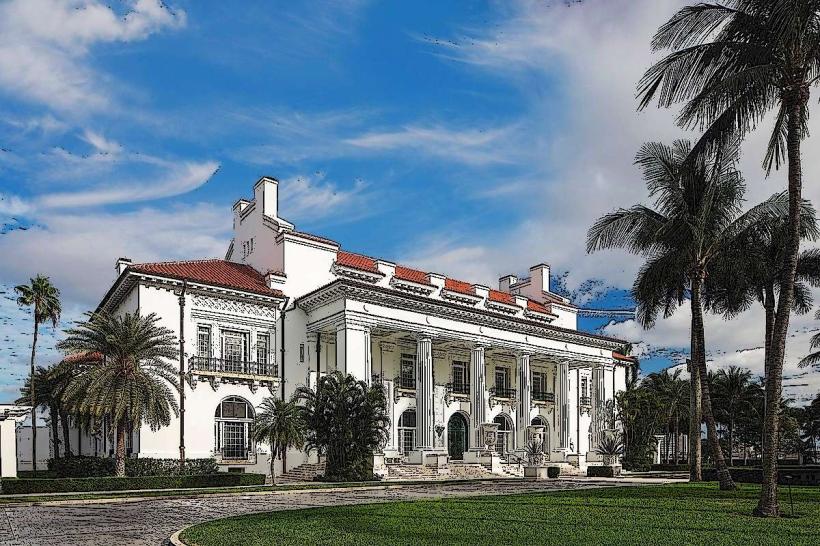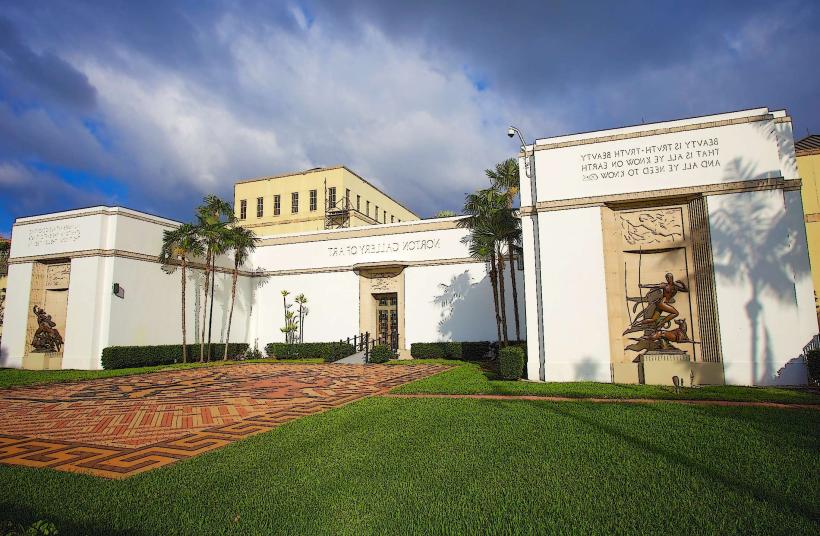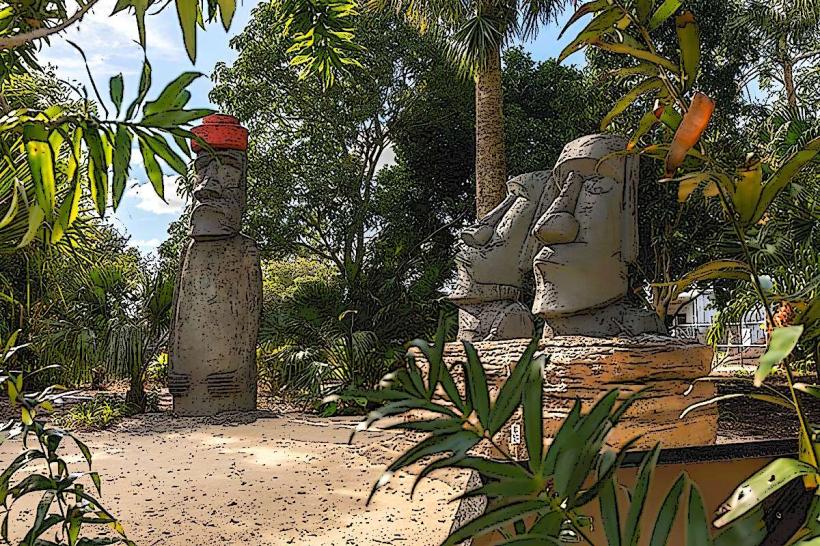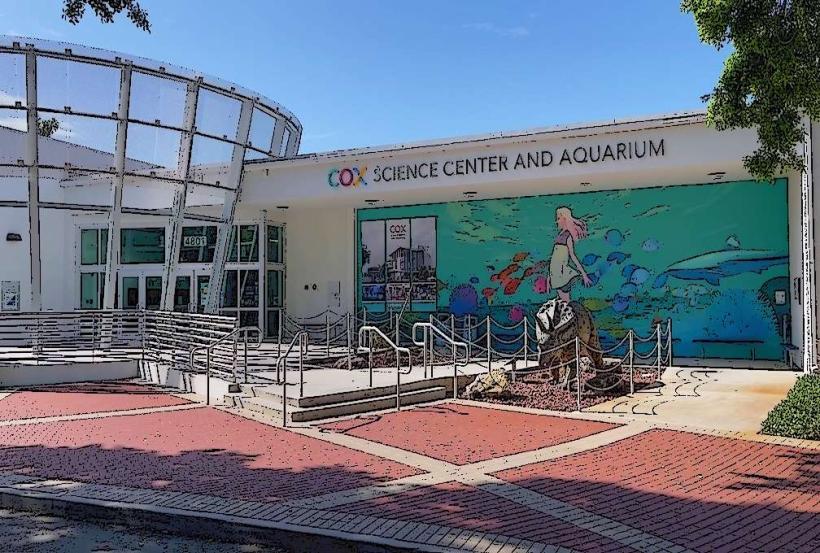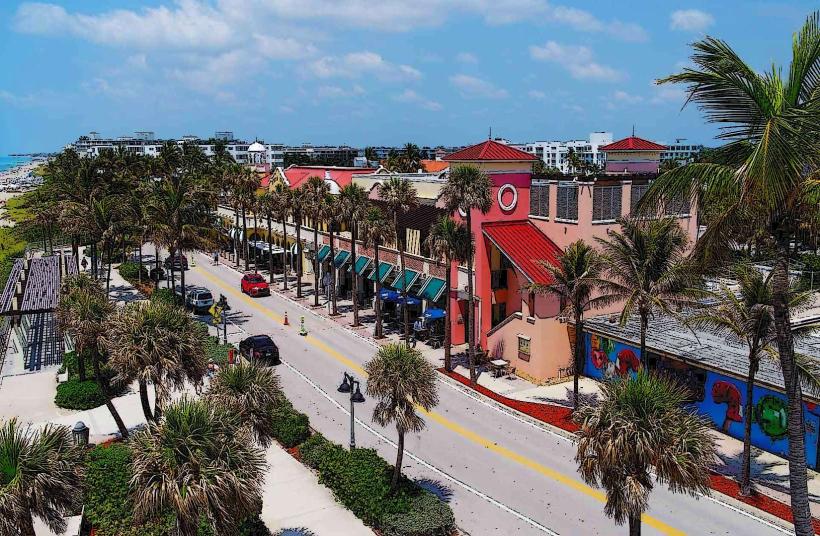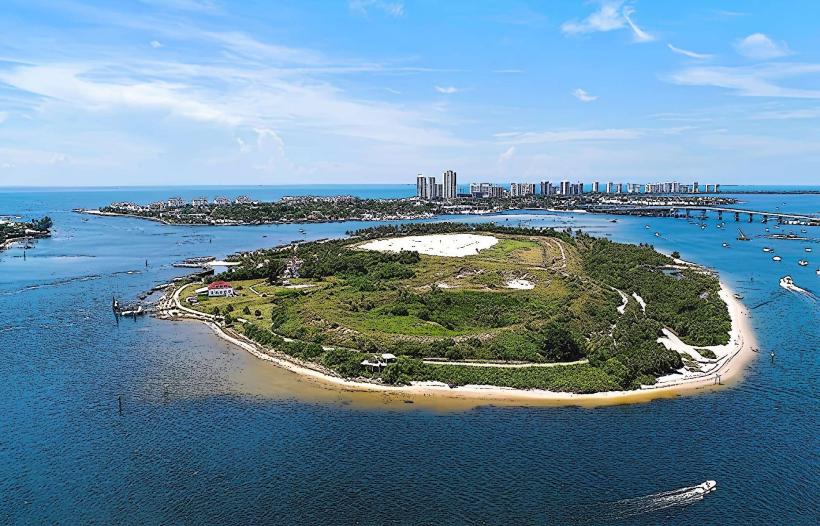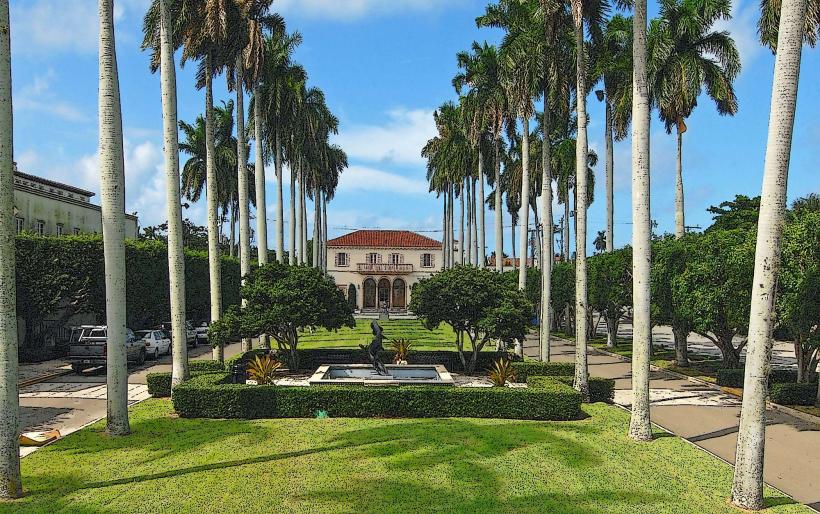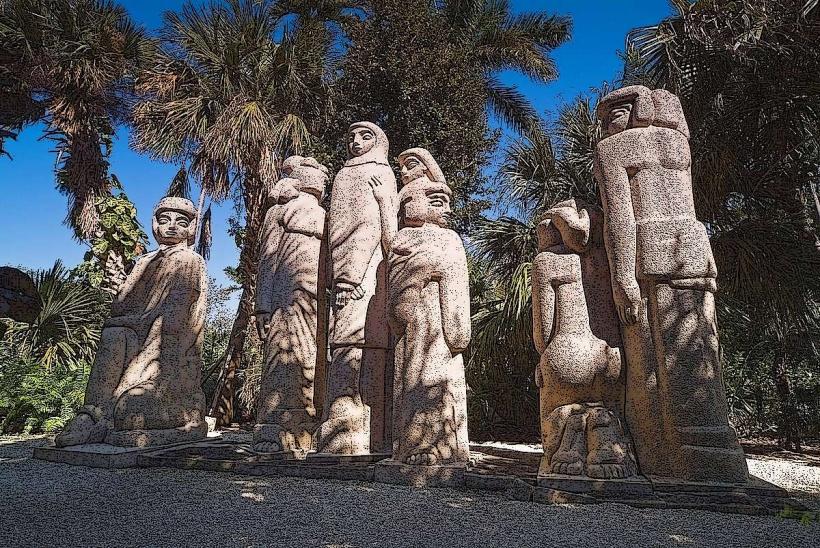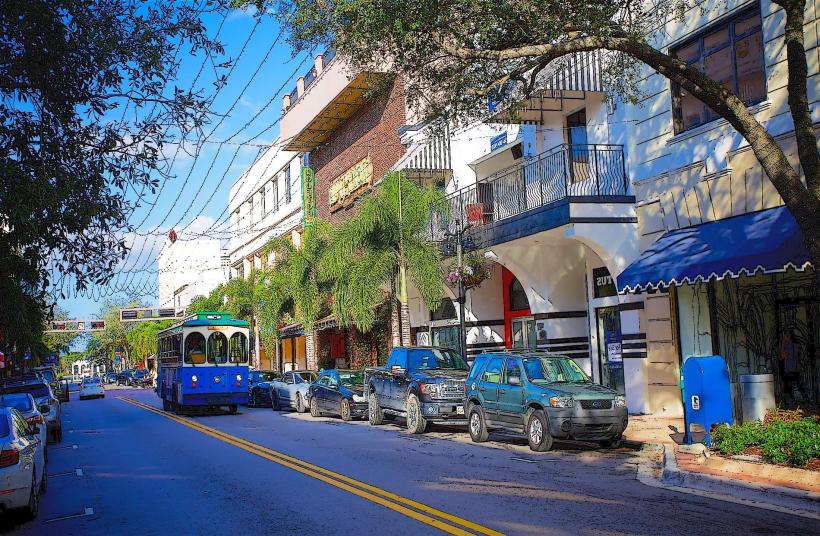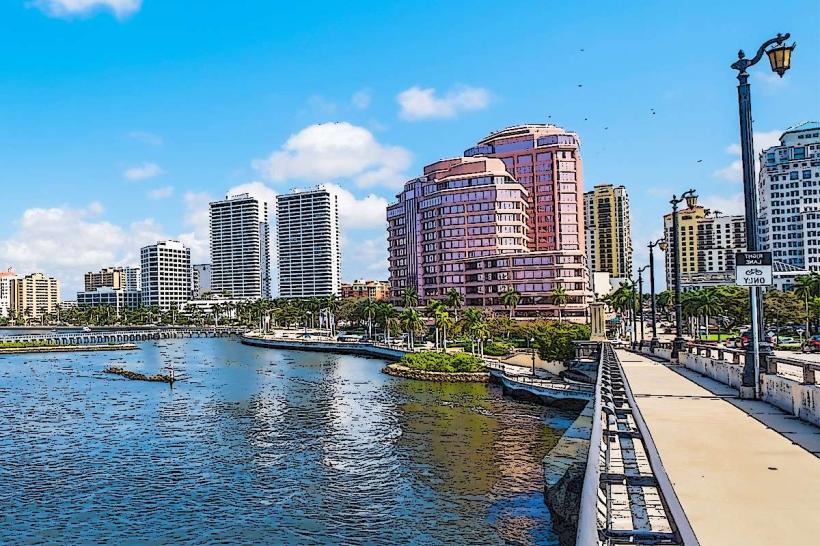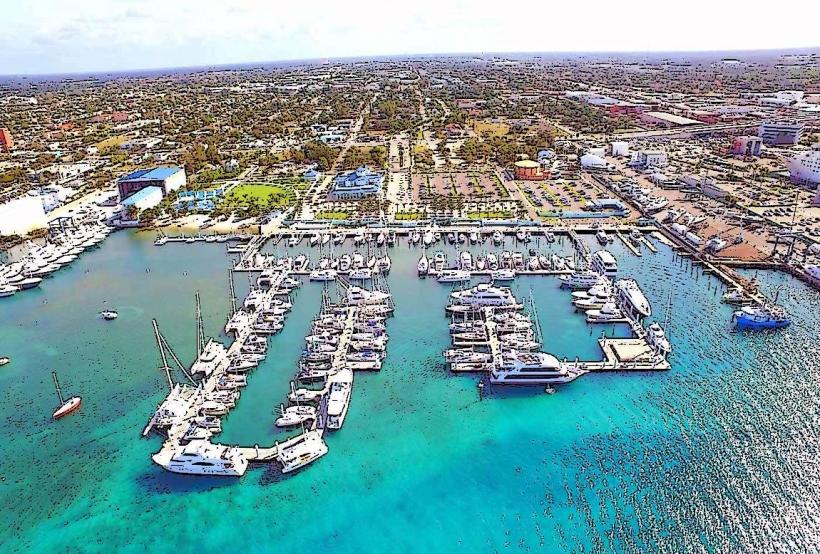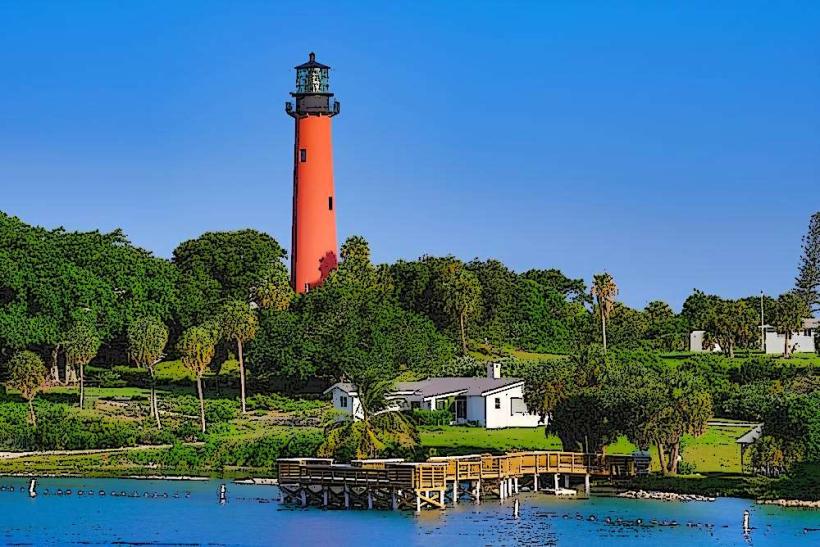Information
City: Florida KeysCountry: USA Florida
Continent: North America
Florida Keys, USA Florida, North America
The Florida Keys is a unique and picturesque chain of islands stretching off the southern tip of Florida, renowned for its laid-back atmosphere, stunning natural beauty, and vibrant marine life. The Keys are part of Monroe County, with Key West being the southernmost and most famous island. Known for their turquoise waters, coral reefs, and rich history, the Keys attract visitors for their boating, fishing, diving, and outdoor adventures.
General Overview
The Florida Keys consist of around 1,700 islands, but only a few are developed and accessible to the public. They form an archipelago that stretches approximately 120 miles from the mainland of Florida, starting at Key Largo and ending at Key West. The islands are connected by the Overseas Highway (U.S. Route 1), which runs across numerous bridges, including the famous Seven Mile Bridge.
The Keys are divided into several regions, each with its own character and appeal:
Upper Keys: Includes Key Largo (known for its diving spots) and Islamorada (famous for its fishing).
Middle Keys: Includes Marathon, which is known for family-friendly activities and beautiful beaches.
Lower Keys: Features Big Pine Key and other smaller islands, leading to the southernmost point of the continental U.S., Key West.
Geography and Layout
The Keys are composed of limestone and coral rock formations. Their proximity to the Gulf of Mexico and the Atlantic Ocean makes them unique in terms of ecosystem and wildlife:
Coral Reefs: The Florida Keys are home to the third-largest barrier reef system in the world, the Florida Reef, which attracts divers and snorkelers from around the globe.
Mangrove Islands: Many of the smaller islands feature mangrove forests, which provide important habitats for fish and wildlife.
Beaches: The Keys are not known for vast stretches of sandy beaches, but they have numerous small, secluded beach areas ideal for relaxing by the water or snorkeling.
Waterways: The waters surrounding the Keys are famous for being clear, warm, and shallow, making them perfect for boating, fishing, and water sports.
Demographics
The Florida Keys have a small, tight-knit population, with the majority of residents living in Key West and Marathon. The overall population of the Keys is around 80,000, but this number swells during peak tourist seasons.
White (non-Hispanic): Around 70%
Hispanic/Latino: Approximately 20%, largely of Cuban and other Caribbean descent
African American: Around 6%
Asian: Less than 1%
Median Age: The median age in the Florida Keys is around 45 years, with a significant number of retirees living in the area, particularly in Key West.
Climate
The Florida Keys have a tropical climate, which is characterized by warm, humid conditions year-round, with distinct wet and dry seasons:
Summers: Hot and humid, with afternoon thunderstorms and temperatures reaching mid-80s to low 90s°F (29–34°C). Humidity levels are high, particularly in the afternoon.
Winters: Mild and dry, with temperatures in the mid-70s°F (24°C). The weather is much more pleasant in the winter, making it a popular destination for snowbirds.
Rainy Season: The wet season lasts from May to October, with the highest chance of rain occurring during the summer months. These months also coincide with the hurricane season.
Hurricane Risk: While the Florida Keys are vulnerable to hurricanes, they are well-prepared, with buildings designed to withstand strong winds and systems in place for evacuation.
Economy
The economy of the Florida Keys is primarily driven by tourism, fishing, and marine-related industries:
Tourism: The Florida Keys attract millions of visitors each year, with most tourists coming for the region’s natural beauty, outdoor recreation, and relaxed atmosphere. Key West, in particular, is known for its vibrant nightlife, historic sites, and annual events like Fantasy Fest.
Fishing and Boating: The Keys are a world-class fishing destination, known for both deep-sea fishing and backcountry fishing. The region also boasts a thriving boating industry, with numerous marinas, boat rentals, and yacht clubs.
Marine Industry: The Keys are home to many businesses focused on marine activities, such as scuba diving, snorkeling, kayaking, and paddleboarding. The Keys are also a major destination for eco-tourism and wildlife watching.
Real Estate: Real estate in the Florida Keys is relatively expensive, with waterfront properties commanding high prices. The area has a mix of vacation homes, rental properties, and second homes for those who live in the Keys part-time.
Infrastructure and Transportation
The Florida Keys are connected to the mainland of Florida by the Overseas Highway, a 113-mile-long road that runs through the islands. The infrastructure is generally limited in terms of public transit, as the Keys are more reliant on personal vehicles, private boats, and small airports:
Overseas Highway: The highway is the primary route connecting the islands, with many notable bridges, including the Seven Mile Bridge, which offers spectacular views of the ocean.
Public Transportation: Public transit options are limited, but Monroe County Transit operates bus routes along U.S. 1 and the Overseas Highway. Many visitors and locals rely on rental cars, bicycles, or scooters for transportation.
Airports: The Keys are served by several airports, including Key West International Airport (EYW) and Marathon’s Florida Keys Airport (MTH). These provide flights to and from major Florida cities and a few regional destinations. Many visitors also arrive by private plane or boat.
Boating: The Florida Keys are famous for their boating culture, with many residents and visitors using boats to get around the islands or to explore nearby waters.
Education
Education in the Florida Keys is served by the Monroe County School District, which covers all of the islands. The schools are relatively small due to the limited population:
Public Schools: Schools in the Keys are well-regarded, but there are limited options for higher education. The public school district offers a range of elementary, middle, and high schools. The largest public school is Key West High School.
Private Schools: There are a few private schools in the region, particularly in Key West and Marathon, offering alternative education options.
Higher Education: The closest universities are located on the mainland of Florida, such as Florida International University in Miami. Some Keys residents take advantage of online education or attend colleges in nearby areas.
Arts, Culture, and Lifestyle
The Florida Keys, particularly Key West, have a rich cultural history and a vibrant arts scene:
Key West is known for its eclectic mix of artists, musicians, and writers. It was the home of famous writer Ernest Hemingway and remains a cultural haven for those seeking creativity and inspiration.
Arts and Music: The region has a thriving arts scene, with numerous galleries, music festivals, and theaters. Key West hosts events like the Key West Film Festival and Hemingway Days, which celebrates the life of Ernest Hemingway.
Outdoor Activities: The natural beauty of the Keys makes it a popular destination for outdoor enthusiasts. Visitors can enjoy snorkeling, scuba diving, fishing, kayaking, paddleboarding, and birdwatching. The region is also home to the Florida Keys National Marine Sanctuary, which protects its coral reefs and marine life.
Relaxed Lifestyle: The Florida Keys have a famously laid-back, slow-paced lifestyle. The islands are often seen as a retreat from the hustle and bustle of mainland Florida, attracting those looking for a more relaxed atmosphere.
Housing and Real Estate
Real estate in the Florida Keys is competitive and often quite expensive, particularly in Key West:
Luxury Homes and Waterfront Properties: Many of the more expensive homes in the Florida Keys are located along the water, offering private docks and ocean access. Key West, in particular, has a strong market for historic homes and luxury estates.
Vacation Homes and Rentals: The Keys are a popular destination for second homes and vacation rentals. Many visitors rent houses or condos, particularly in Key West, for short-term stays.
Affordable Housing: The cost of living is high in the Florida Keys, and affordable housing is limited. This can be a challenge for locals, particularly those working in service industries or tourism, where wages may not match the cost of living.
Key Challenges
High Cost of Living: The Florida Keys have a relatively high cost of living, with housing prices being particularly high. The area is mainly catered to wealthier residents and tourists.
Environmental Concerns: Due to its proximity to the ocean, the Keys are vulnerable to rising sea levels and hurricanes. Coastal erosion and storm surges are ongoing concerns for the community.
Infrastructure and Overcrowding: The Florida Keys are a small and geographically isolated area. Limited infrastructure and transportation options can lead to overcrowding during peak tourist seasons. Traffic congestion is common along U.S. 1.
The Florida Keys are a unique and special part of the United States, offering a mix of natural beauty, outdoor activities, and a relaxed lifestyle. They are a top destination for those seeking sun, sea, and adventure, and their reputation for being a haven for artists, writers, and nature lovers has contributed to their charm. Whether for vacation or a permanent move, the Keys provide a distinctive way of life unlike anywhere else in Florida.

